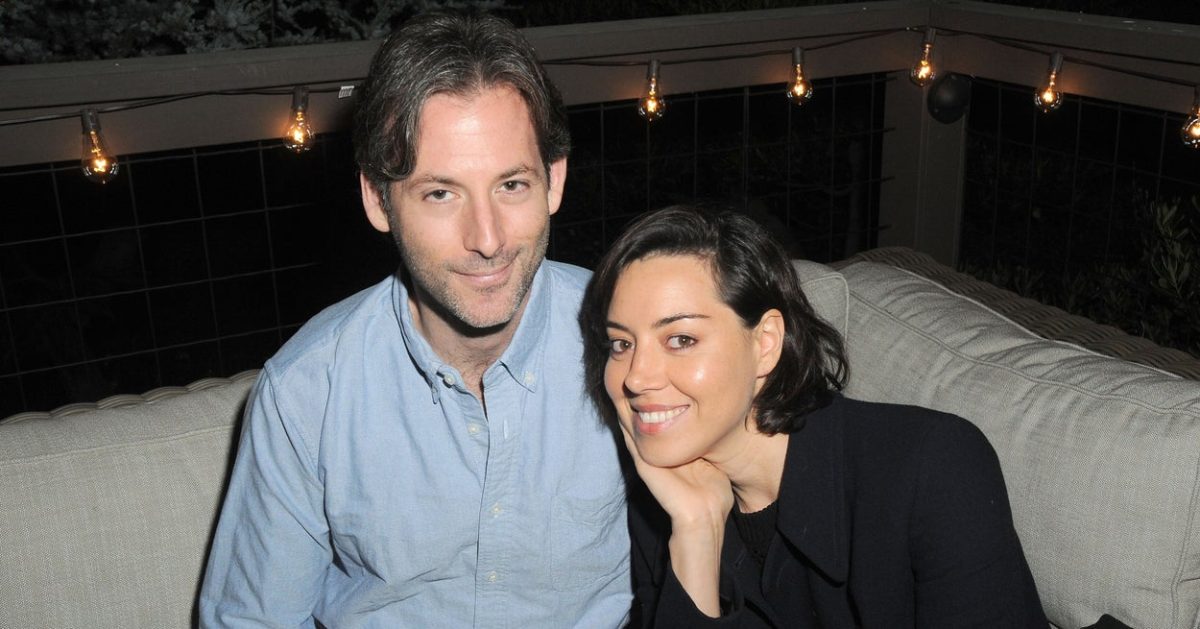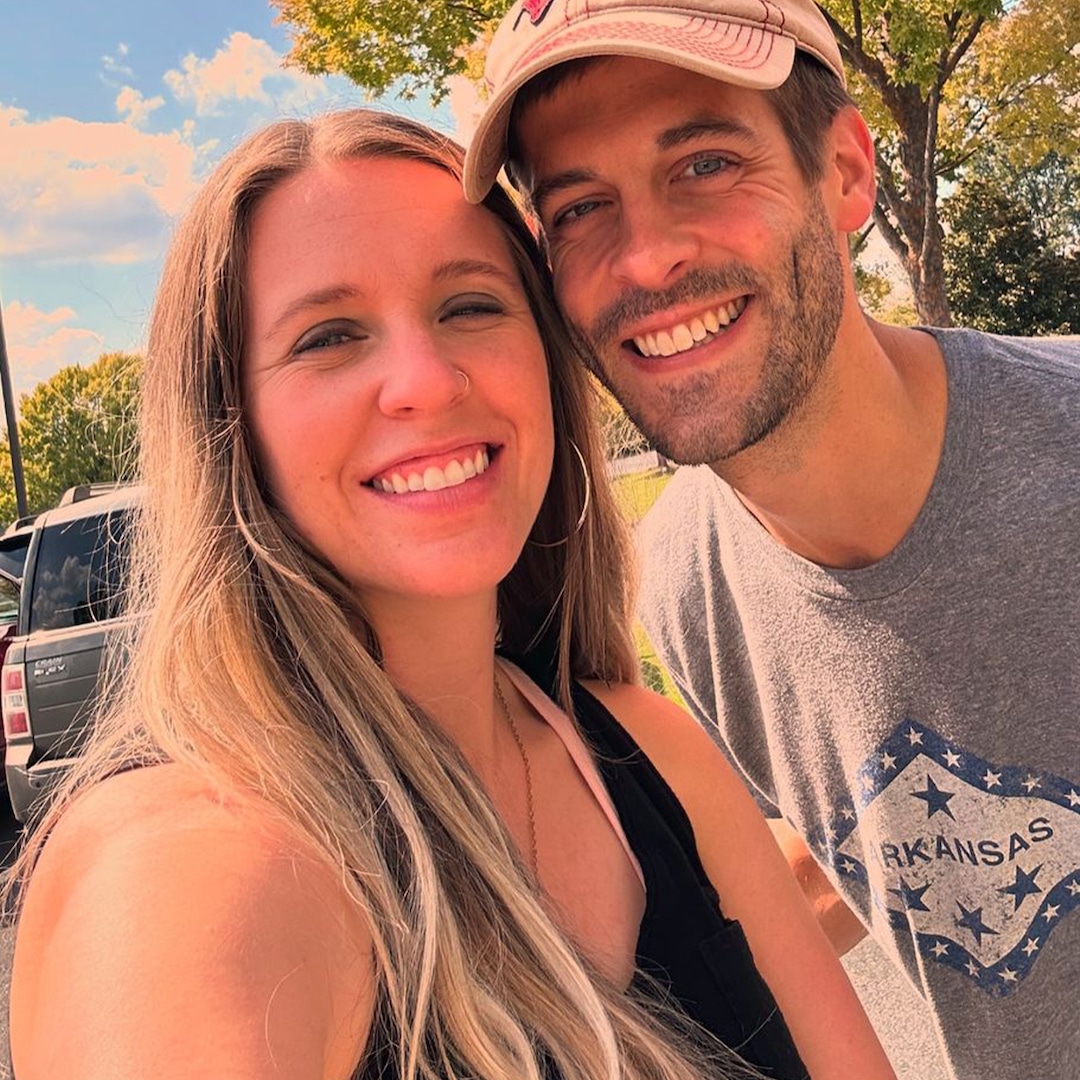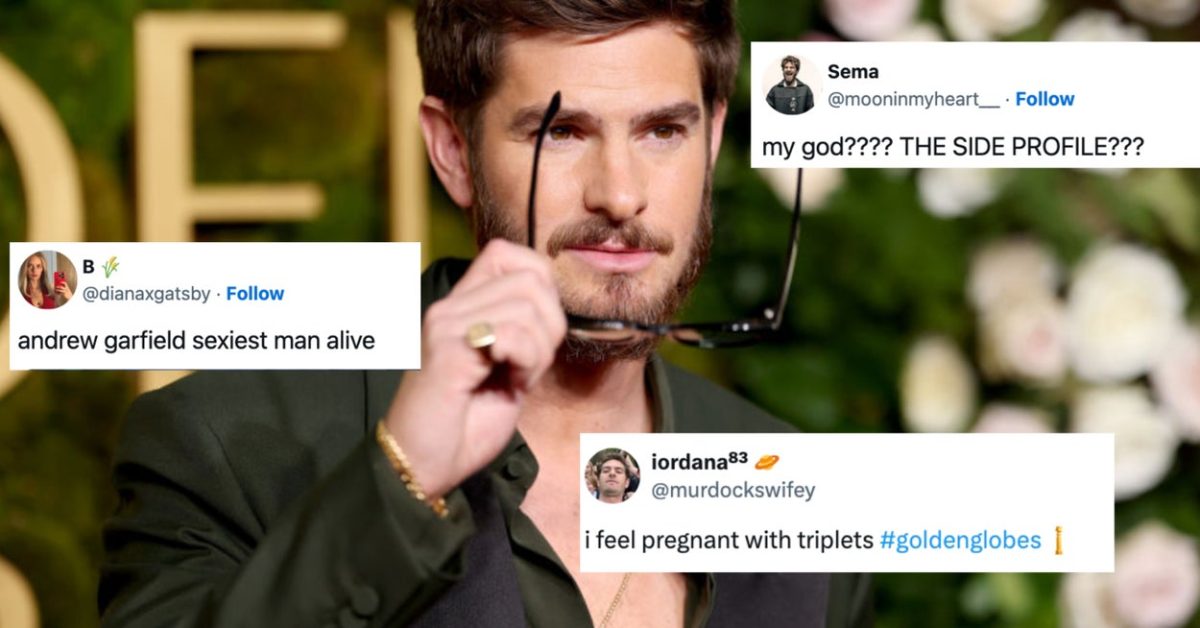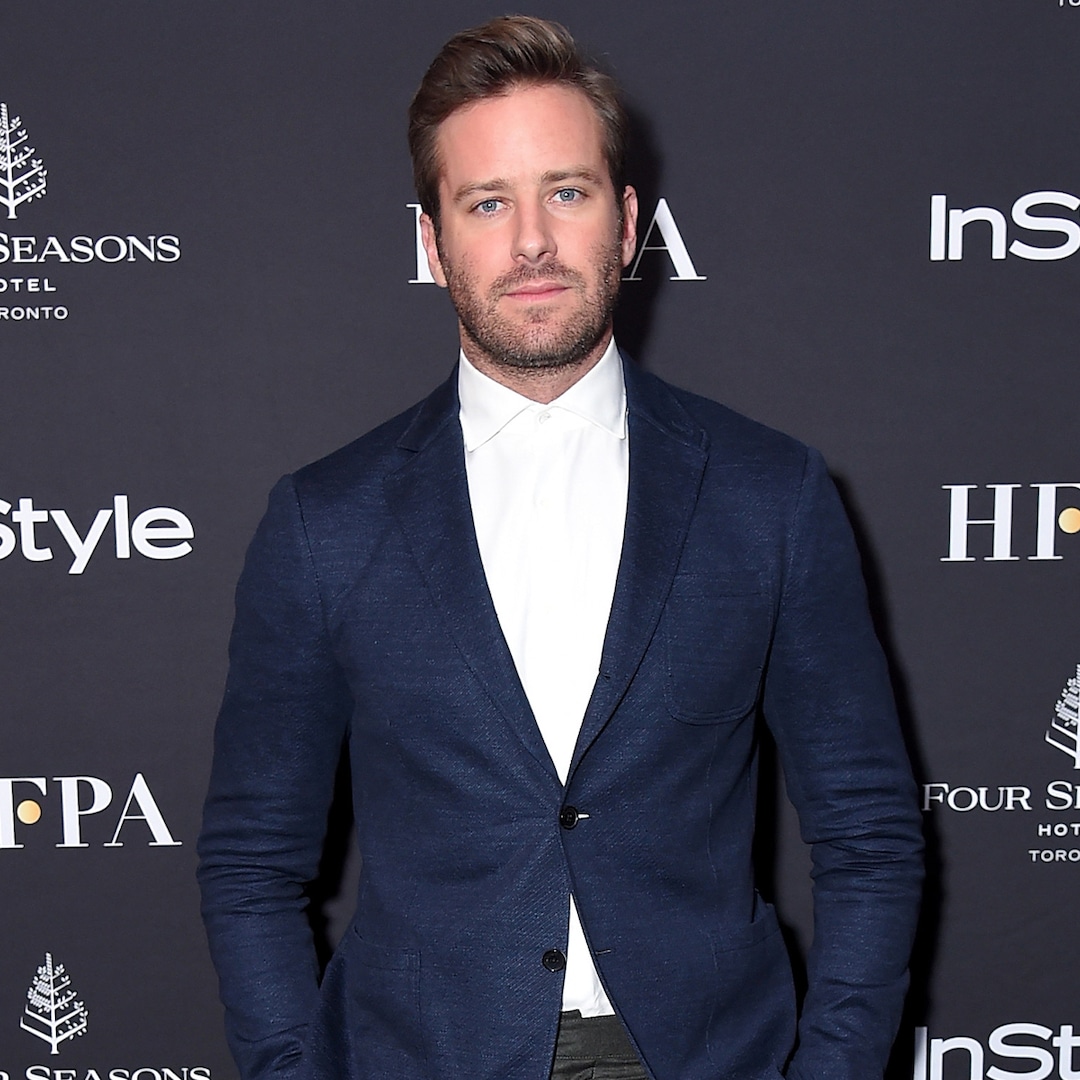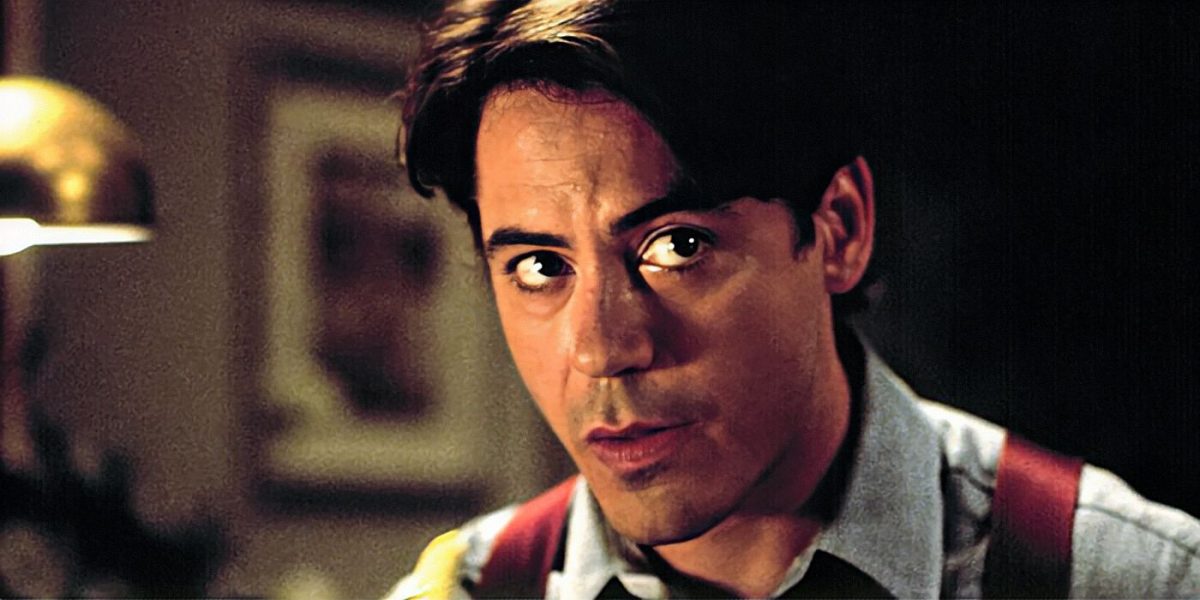
Before ‘Oppenheimer,’ Robert Downey Jr. Starred in This Underrated ’90s Sequel
Feb 6, 2024
The Big Picture
Robert Downey Jr.’s role in U.S. Marshals is an underrated performance that showcases his trademark wit and nonchalant cool. While not reaching the heights of its predecessor, U.S. Marshals is a worthy follow-up with its sharp humor, cinematic score, and impressive set pieces. The dynamic between Tommy Lee Jones and Robert Downey Jr. in the film is a high point, with their tense and amusing interactions keeping the audience engaged.
It’s been a fascinating career journey for prodigiously talented star Robert Downey Jr., and his late ’90s appearance alongside Tommy Lee Jones in U.S. Marshals, the underrated semi-sequel to smash-hit The Fugitive, remains a somewhat forgotten yet still interesting character role for the current Oscar nominee. After making a strong impression in the late ’80s and early ’90s in a raft of offbeat films (for which he earned some early accolades), the late ’90s — specifically 1997 through 1999 — ended up being a bit a transitional period for the Oppenheimer actor, as Downey ended up taking on supporting roles in a diverse group of films that included the relationship drama Wonder Boys, the zany comedy Bowfinger, and the dreamlike psychological horror film In Dreams. But a full decade before Iron Man, the actor’s trademark wit and nonchalant cool was also on full display as Special Agent John Royce in U.S. Marshals, where he teams up with Jones’ Deputy Marshal Samuel Gerard to apprehend a convict on the run (Wesley Snipes). It’s an underrated Downey performance, especially considering the audience spends most of the film trying to figure out the somewhat enigmatic character.
U.S. Marshals U.S. Marshal Samuel Gerard and his team of Marshals are assigned to track down Sheridan, who has been accused of a double-murder. Release Date March 6, 1998 Director Stuart Baird Runtime 131
‘U.S. Marshals’ Is Best Viewed as a ‘Fugitive’ Spinoff
Image via Warner Bros.
While director Stuart Baird’s U.S. Marshals may not reach the dizzying heights of 1993’s epochal classic, his film is a very worthy follow-up to The Fugitive in its own right. Equipped with a sharp sense of humor, a classically cinematic Jerry Goldsmith score, and featuring a number of slickly executed set pieces, the sardonic and fairly iconic Gerard’s return to the big screen is a most welcome one, and Baird’s film remains a highly enjoyable slice of escapism. Tommy Lee Jones, naturally, reprises the role with gusto, as well. Given it’s an entirely new set of circumstances, the film is perhaps best viewed as more of a spinoff, akin to how some of the CSI variants feature crossover characters in different scenarios and locales. There isn’t a mention of The Fugitive’s innocent protagonist Richard Kimble, but several of that film’s characters do appear in the sequel (including Gerard’s team members played by Joe Pantoliano, Daniel Roebuck, and Tom Wood).
In U.S. Marshals, Wesley Snipes’ Mark Warren is at the center of the manhunt. Roberts, a tow-truck driver, has his fingerprints run after a crash and is revealed to be federal fugitive Mark Roberts. This all occurs after a mysterious opening sequence involving a botched briefcase exchange. Despite protestations that he is innocent, Roberts is apprehended and boards a prison transport flight with Gerard in tow. However, things quickly go down (literally) when one of the prisoners rears up unexpectedly and attempts to fight back, causing critical damage to the aircraft. After a wild but technically impressive crash sequence, Roberts finds himself free and fleeing, after the plane lands in the Ohio River. As per last time, Gerard is disgruntled and quickly assembles a posse comprised of several familiar faces as he attempts to hunt down Roberts. All of this moves at a fairly breakneck pace and occurs well after a highly amusing early scene where Gerard (incognito and adorned in a chicken suit) and his bevy of Marshals capture a man who’d been on the lam in the suburbs. While consistently exciting, the film is often infused with dry humor, and the dynamic between Tommy Lee Jones and Robert Downey Jr. becomes one of the film’s unequivocal high points when Downey’s Diplomatic Security Service Agent arrives to assist in the nationwide manhunt. From the get-go, it’s tense and compulsively watchable.
Related The 29 Best Action Movies of the 90s Did your favorite action film of the decade make the cut?
Robert Downey Jr. and Tommy Lee Jones Make for a Strong Pair
In a terrifically memorable entrance, Downey Jr.’s very assured special agents arrives on-scene dramatically, announcing himself as someone set to figure heavily in investigations henceforth. That doesn’t sit well with Gerard, who’s used to conducting things his own highly meticulous way without any external interference (which we remember from The Fugitive, of course). Suffice to say, the initial meeting between Royce and Gerard is frosty. The young agent was assigned the task of joining the search by DSS Director Lamb (Patrick Malahide), who clearly views the up-and-comer as a cerebral and highly capable law enforcement official. After some cat-and-mouse quarreling, Gerard becomes irate with Royce after the latter continues to hold conversations with people in his department without informing the veteran Marshal. As a result, Gerard has Royce handcuffed, challenging him to “get out of them yourself.” Surprisingly, Royce casually does just that, slipping out of the restraints without raising a sweat. It’s a highly amusing moment that punctuates the first tense encounter between the characters and sets the tone for a unique dynamic to follow.
Not long after, with the peace now somewhat restored, Royce, Gerard and the band of other agents are pursuing Roberts through a Kentucky swamp, the blurry wash of omnipresent green serving as the perfect camouflage for a highly trained individual like Warren, who, it turns out, is a former CIA agent. The sequence is a strong exemplar of the movie’s surging first half, as the pace is fairly relentless before the midsection becomes denser in terms of narrative and forthcoming twists. Warren is not just former CIA, he is actually Mark Sheridan, and, as with Harrison Ford’s Kimble in The Fugitive, he is innocent of the crime he’s been accused of. But if he had nothing to do with passing on classified information elsewhere, then who is the individual going to such great lengths to frame him?
The inherent mystery at the core of the flick takes a backseat until later on in proceedings when a treasured member of Gerard’s team is tragically killed after a drawn-out foot-chase involving packed apartment blocks and ill-advised swan-dives onto passing commuter trains as a means to escape. By this stage, the working relationship between Royce and Gerard has strengthened, and what blossoms is a mutual respect for one another’s determination and smarts. Both are wily, and both exert laser-like focus when needed. The camaraderie between the two as they jaunt wildly from doorstep to doorstep, and airplane aisle to airplane aisle, render the whole adventure engrossing. And while Royce’s skill set is impressive, one never feels they have completely worked out his true motivations. It’s a credit to Downey Jr. that he never makes the fact that his character might have subsurface agendas overly obvious.
U.S. Marshals’ finale serves as a thrilling denouement to all that’s come before, with the pace quickening once more as Gerard starts to suspect his new colleague might be hiding more than he first though. After all, as he told us in The Fugitive, “The opera ain’t over till the big dog howls.” The final conversation (and confrontation) ultimately proves fatally tense as Mark Sheridan is absolved of all wrong-doing and the real culprit is revealed. Skillfully shot in half-shadow, the hospital-set sequence serves as a suitably high-octane way to close out what amounts to a pretty strong actioner that’s elevated by a bevy of good performances. Downey, who continues to draw massive praise for his recent work in the highly acclaimed Oppenheimer, has certainly notched up a number of interesting roles over the course of his oeuvre, and his work in U.S. Marshals alongside a heavyweight like Jones is one well-worth revisiting. It’s one of the many examples showing that the actor is just as effective in a supporting role as he is the lead.
U.S. Marshals is available to rent digitally on Amazon Prime Video in the U.S.
Watch on Amazon Prime
Publisher: Source link
Aubrey Plaza Issues Statement After Jeff Baena’s Death
The 40-year-old star and Jeff’s family issued a statement to People on Monday, where they called their loss an “unimaginable tragedy.”The Los Angeles County coroner’s office previously determined that Jeff died by suicide in his LA home. He was 47…
Jan 10, 2025
Jill Duggar’s Husband Clarifies Where He Stands With Jim Bob Duggar
Jessa Duggar (m. Ben Seewald)Jim Bob and Michelle's fifth child, Jessa Duggar, was born Nov. 4, 1992. Jessa met Ben through church and he began courting her in 2013—the old-fashioned approach to romance coming as a brand-new notion to a lot…
Jan 10, 2025
The Internet Has Officially Lost It Over Andrew Garfield's Slutty Glasses
That man knew exactly what he was doing with those glasses.View Entire Post › Disclaimer: This story is auto-aggregated by a computer program and has not been created or edited by filmibee.Publisher: Source link
Jan 9, 2025
Armie Hammer Lands First Movie Role Since Cannibalism Allegations
Armie Hammer Cameos As “Kannibal Ken” in Music Video 4 Years After Cannibalism ClaimsArmie Hammer is heading back to the big screen. More than one year after the Los Angeles Police Department ended their lengthy investigation into the Call Me…
Jan 9, 2025








